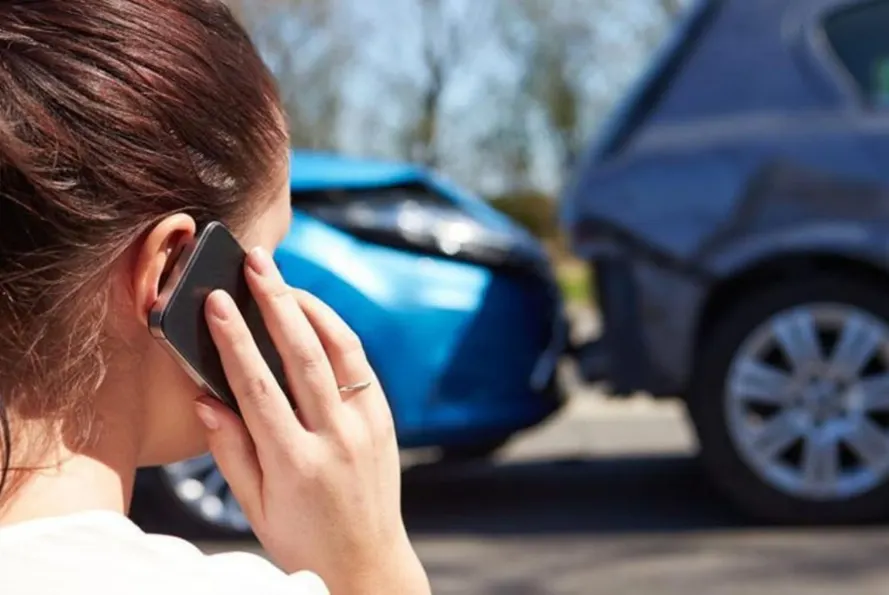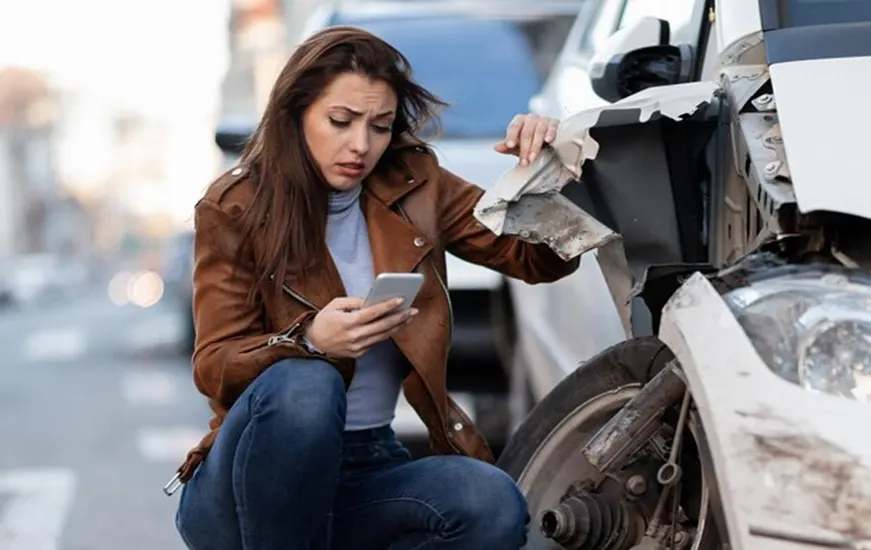According to a study by the Pacific Institute for Research and Evaluation, poor road conditions were a contributing factor in about 15,000 fatal crashes in the U.S. That means that thousands of people die every year because of roads that are not safe or adequate for driving. Severe injuries, property damage, medical bills, lost wages, and pain and suffering are other things you might have to deal with after a car accident.
Poor road conditions are simply any defects or hazards on the road that can affect the safety or performance of the vehicles or the drivers. Some common poor road conditions are:

- Potholes, cracks, or uneven pavement: These can damage the tires, wheels, or suspension of the vehicles and cause them to lose control or stability.
- Missing, damaged, or unclear signs or signals serve to confuse the drivers about the traffic rules, the speed limit, or the direction of the traffic.
- Poor lighting, faded markings, or glare impair the visibility of the drivers, especially at night or in bad weather.
- Debris, water, ice, or snow: Obstructs the road, reduces traction, or forces the drivers to swerve or brake suddenly.
The Different Types of Accidents Caused by Poor Road Conditions
- Rear-end collisions: The U.S. Department of Transportation reports there were nearly 5,000 rear-end collisions in the United States in 2021, representing a rate of about 9 per 100,000 people. Rear-end collisions accounted for just over 10% of all fatal motor vehicle accidents in 2020, causing a horrifying 3,631 deaths and thousands more injuries.
- Head-on collisions: Head-on collisions accounted for only 2% of all crashes but 10% of all fatalities in 2020, resulting in 3,472 deaths. A major number of these head-on crashes are caused by one driver crossing into the opposite lane or turning onto a highway due to road misalignment.
- Side-impact collisions: Side-impact collisions, sometimes called T-bone or broadside collisions, accounted for 23% of all passenger vehicle occupant deaths in 2020, causing 6,896 fatalities. T-bone collisions are more likely to occur at intersections, where drivers may fail to yield or stop due to a missing, damaged, or unclear sign or signal.
- Rollover collisions: Accounting for 6% of all crashes but 28% of all fatalities in 2020, these kinds of collisions were responsible for a staggering 8,636 deaths. They are more common among vehicles with a higher center of gravity, such as SUVs, pickups, or vans. Rollover collisions can be triggered by road defects, such as uneven pavement, cracks, or water puddles, that cause the vehicles to lose balance or stability.

Unlike accidents caused by driver negligence, where you can sue the other driver or their insurance company, accidents caused by poor road conditions are a little bit more…complicated. It involves suing the government entity that is in charge of the road. This could be the city, the county, the state, or even the federal government, depending on the location and type of the road.
However, suing the government is no walk in the park, as they have special rules and protections that limit their liability and your rights. For example, you might have to file a notice of claim within a short time after the accident, or you might have to prove causation due to negligence on their part. There’s also the possibility of lower caps on the amount of damage you can recover.
Let’s share a few tips on how to mitigate the negative experiences that follow a car accident and hopefully recover what you can:
- Collecting evidence of the road condition, such as photos, videos, or witness statements, will buff up your claim.
- Getting the proper medical treatment and documenting your injuries and expenses.
- Informing the police and the appropriate government agency about the accident.
- Lastly, consult a qualified and experienced auto accident lawyer who can help you navigate the complex legal process and protect your rights.

Jessi is the creative mind behind The Coffee Mom, a popular blog that combines parenting advice, travel tips, and a love for all things Disney. As a trusted Disney influencer and passionate storyteller, Jessi’s authentic insights and relatable content resonate with readers worldwide.
